The launch of Leica Monopan 50 prompted me to buy the Adox HR-50 (the same film) and give it a try. Recommended ASA and developing time in PMK is not given so I decided to expose at a third of a stop below 50asa and develop for 9min at 21deg – the recommendations for PanF, so I also decided to expose a roll of the latter and develop together with the HR-50. Both exposure and developing times appeared to be satisfactory but see the comments below regarding highlights. Note that Adox (typical of all their film) recommend their own special developer for this film.
The Adox is on a PET base and can (and did) lead to some light piping (see CHS II) when loading in bright sunlight but led to the loss of only the first frame, other stray light affecting only the rebates. If that frame had not been affected I would have got 38 frames from that film and 39 frames from another roll of HR-50, and 38 from the PanF. I did notice that when the sun was in the frame or close to the edge then light bleeding appeared to affect a larger area of the image with the HR-50 than on traditional films.
I shot all films in a Leica MP with a Zeiss 35mm C-Biogon lens.

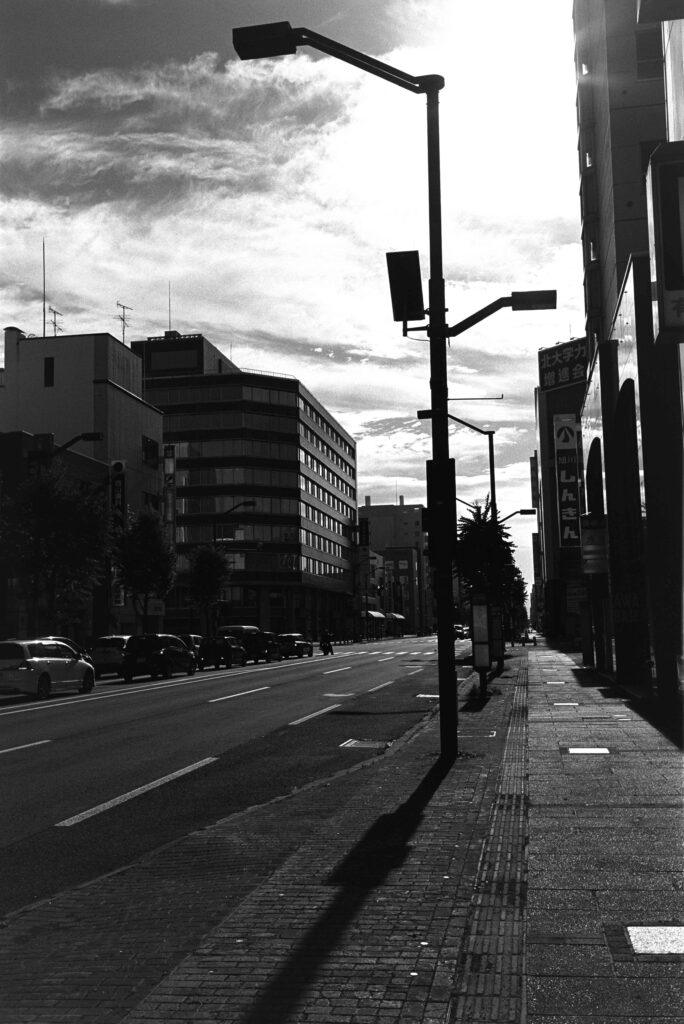
It’s not clear what the Adox film is based on (Adox themselves say it is “based on an emulsion commonly available for technical purposes”) – I’m guessing an Agfa copyfilm. Adox have applied their own “speed boost” technology which I’m guessing is pre-flashing – I can’t think of a chemical process that could be used on a ready made film to increase speed. If anyone knows the actual film or process used please enlighten me. Several of the images show a loss of highlight detail – a problem associated with pre-flashing – so I’ll need to be careful about highlights in the image in future. Adox’s own developer may address this problem – I have some so when I get round to using more film with their developer I’ll report back! Omar Tibi claims it’s based on Aviphot 80 which may be the case but then 80asa + “speed boost” technology = 50asa ???? doesn’t seem to make sense. Omar also claims that the highlights are well controlled which I did not find although PMK is very good at controlling highlights. On the other hand Omar’s claim could explain the highlight problem and perhaps Adox’s own developer slows the highlight development. But I think I’ll stick with the copyfilm theory.
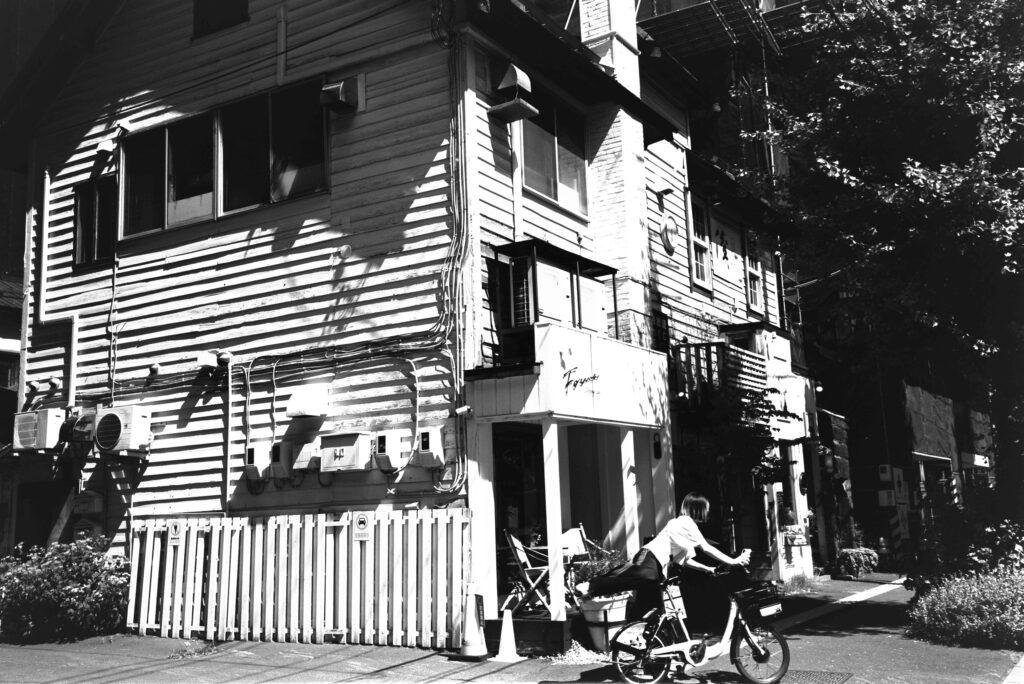
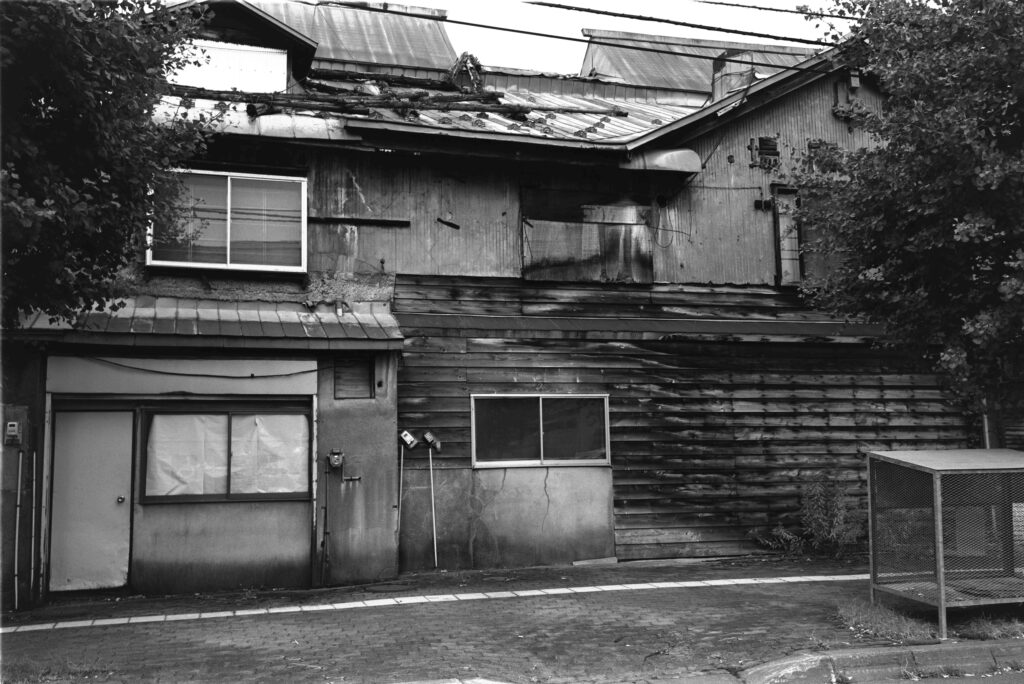
Incidentally on great enlargement grain for both films is very similar and minimal. I do very much like the tonal rendition of HR-50 in the low and mid-tones, more so than for the PanF, something that surprised me.
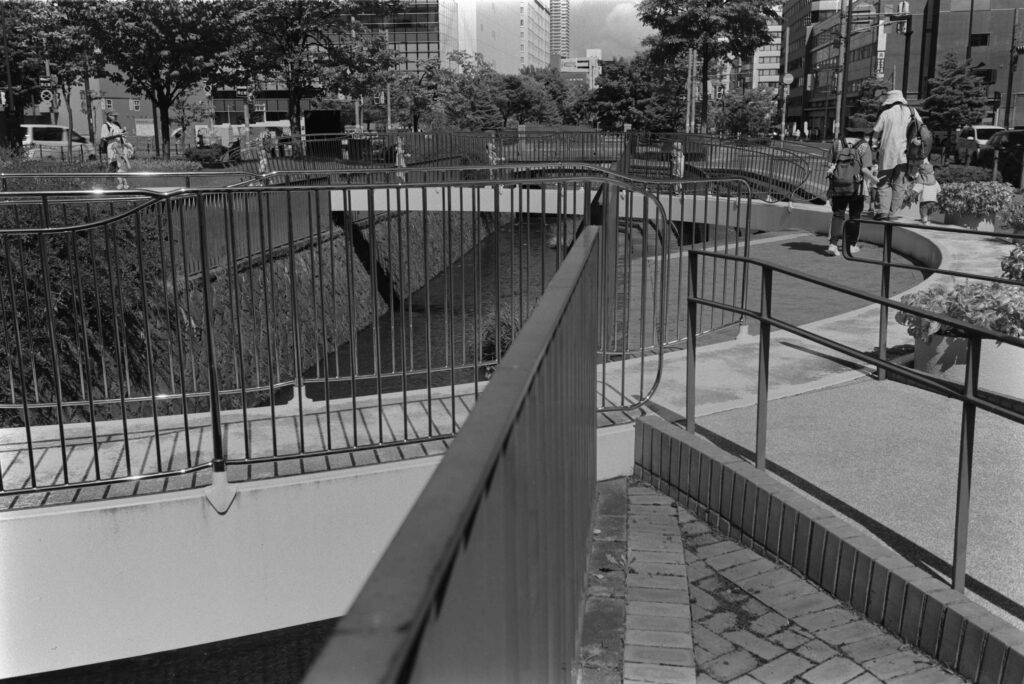
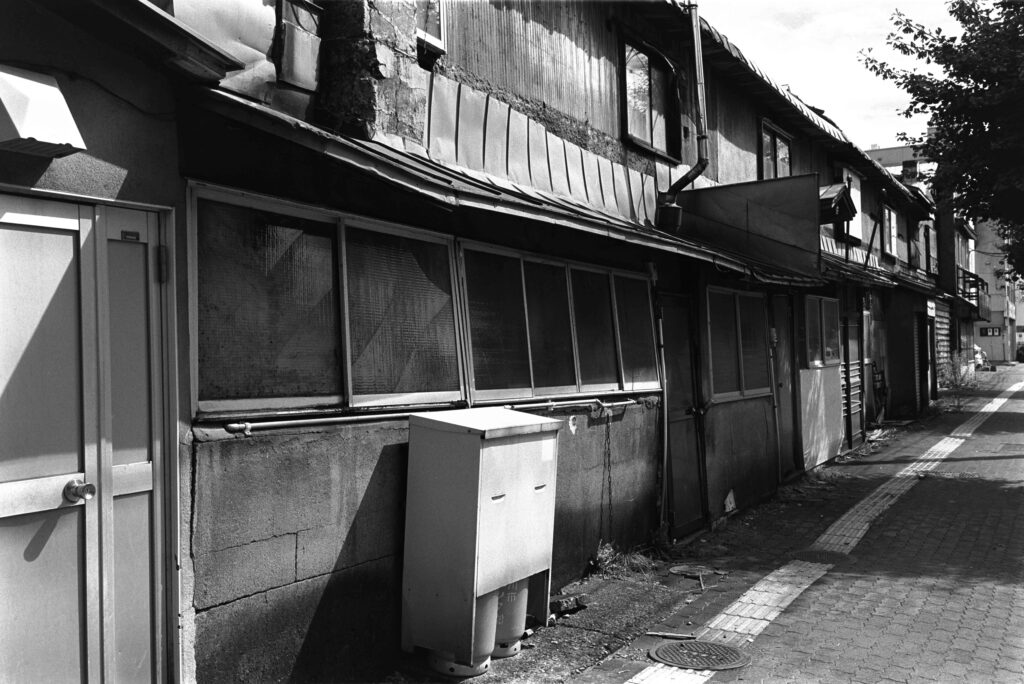
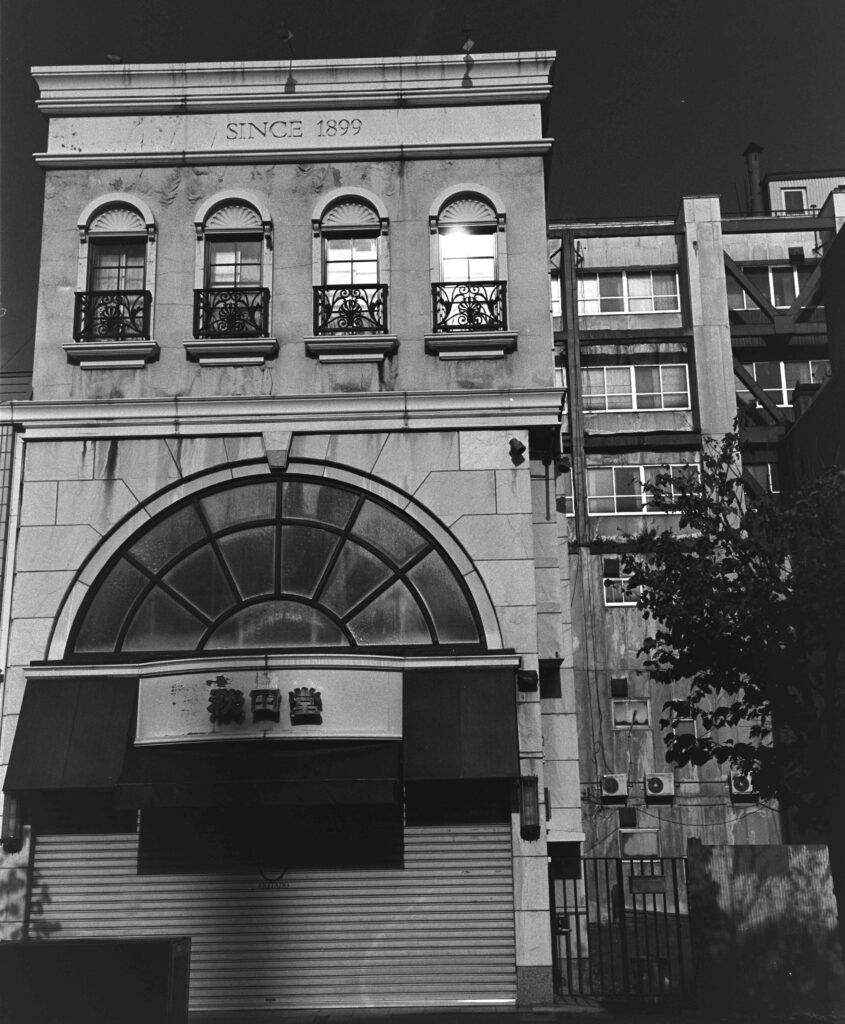
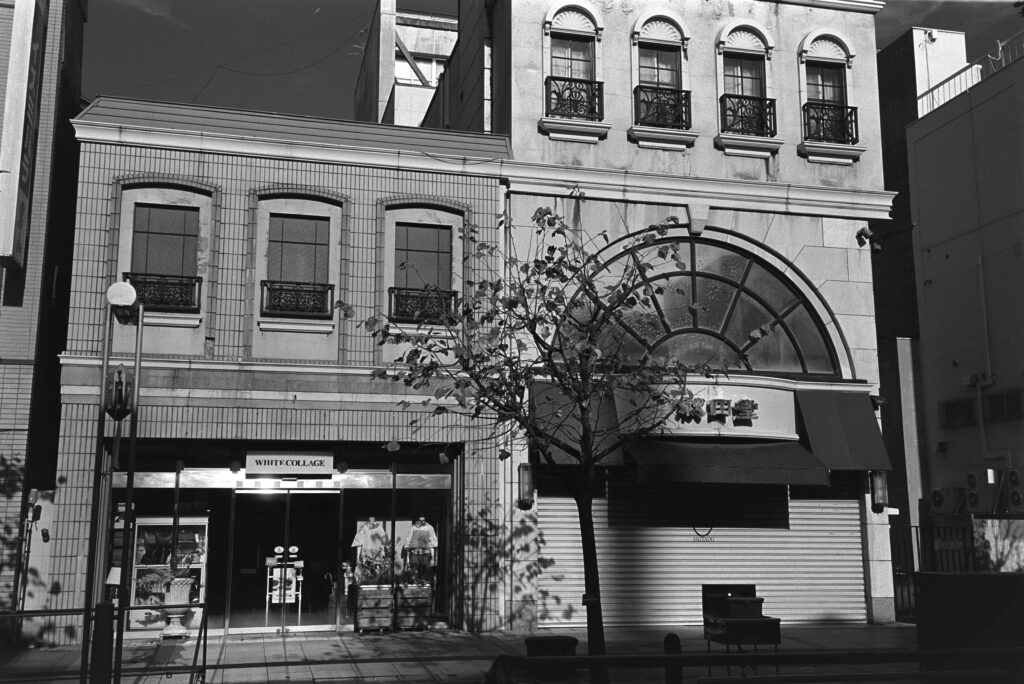
Share this post:
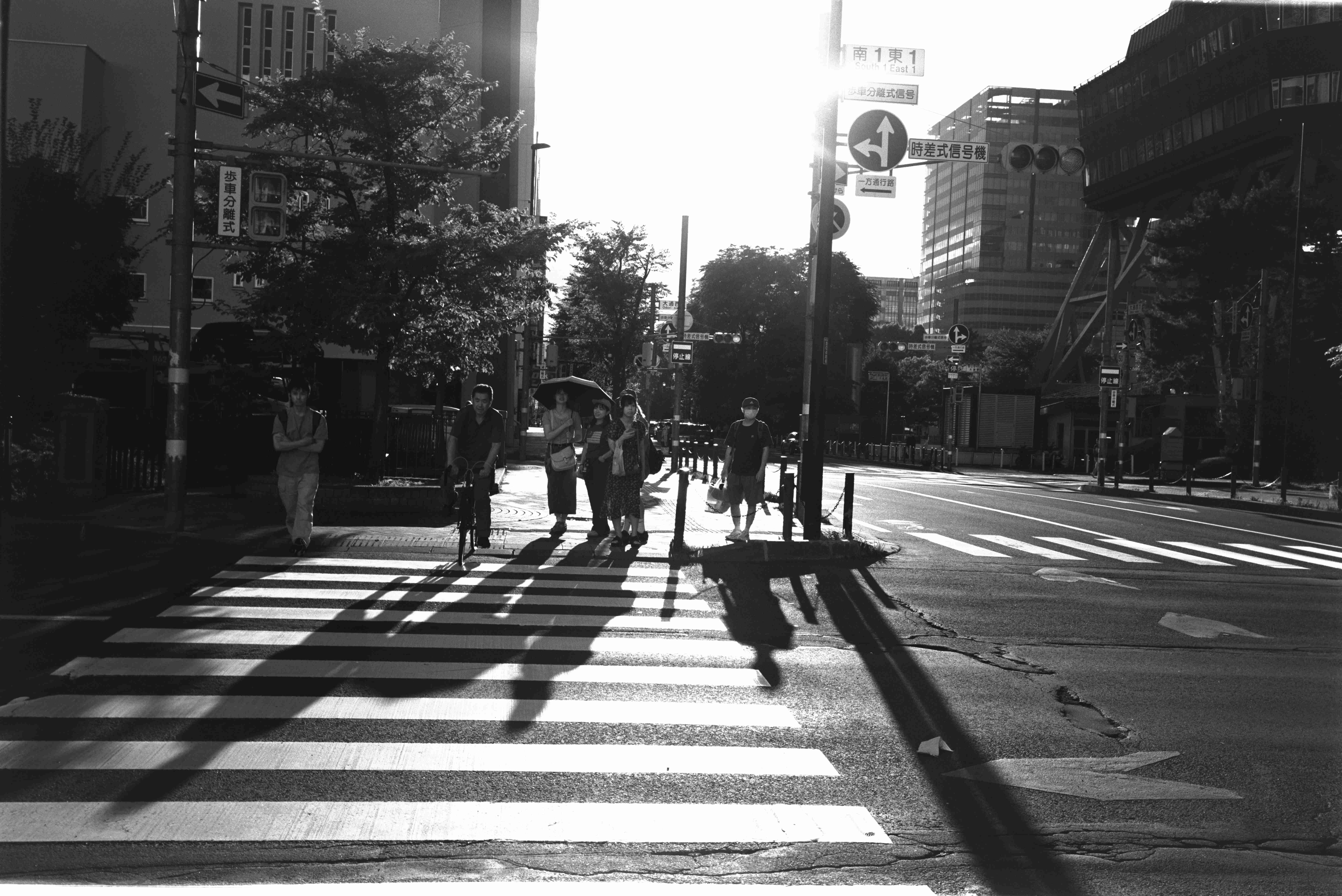
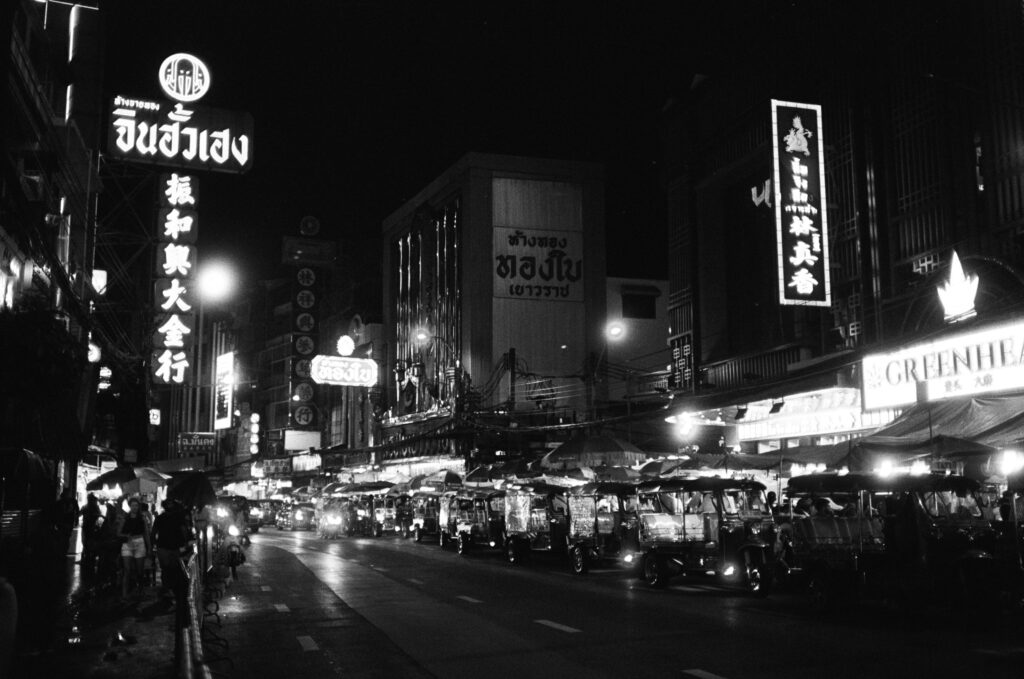
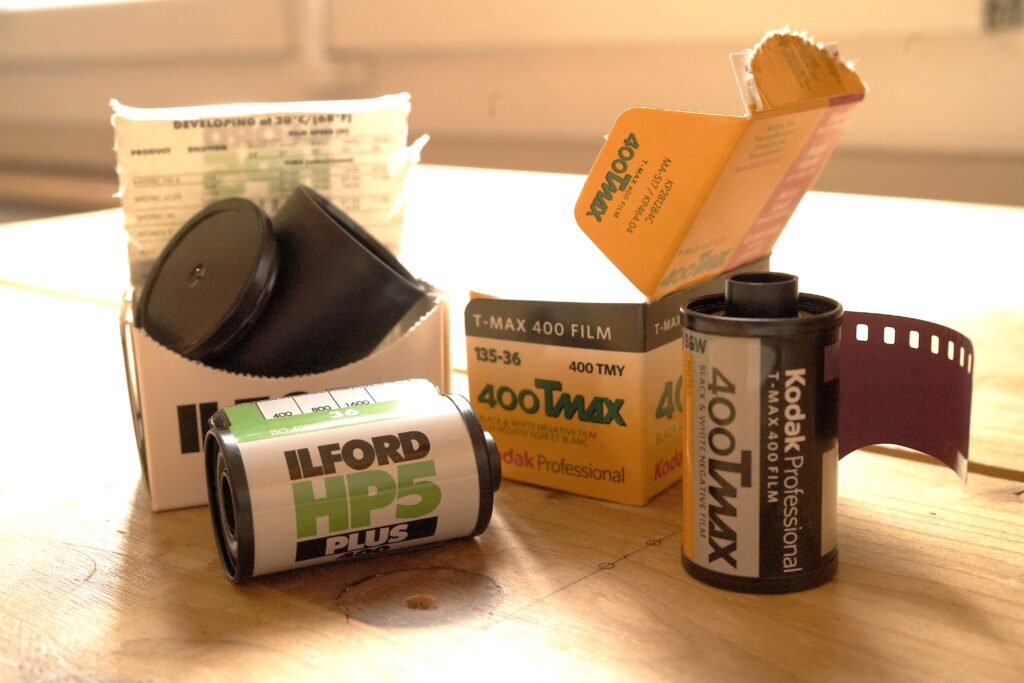


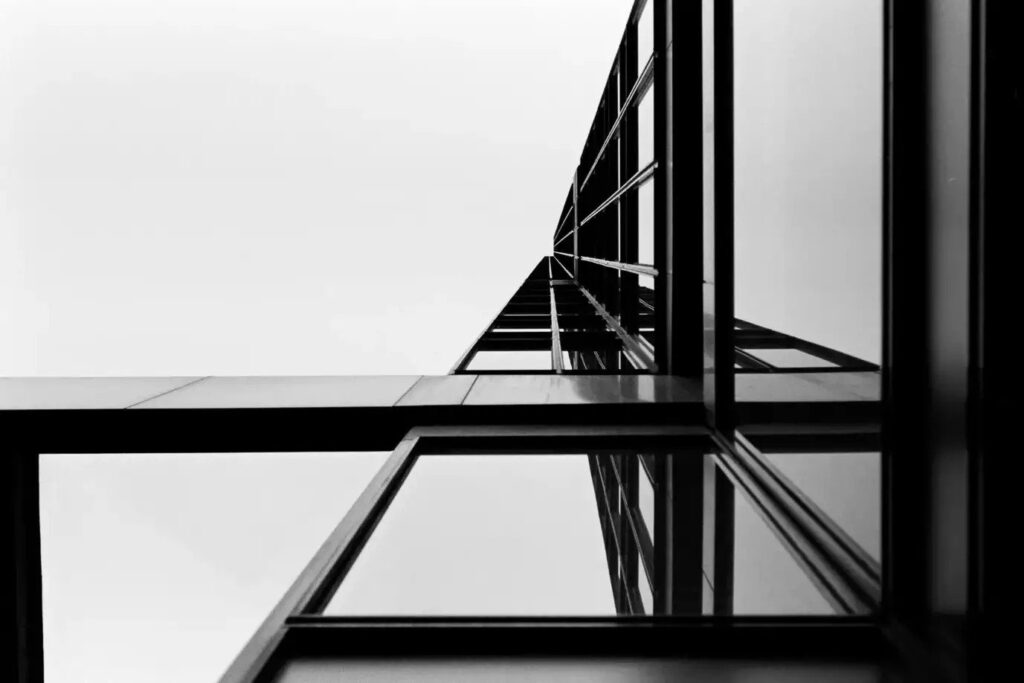
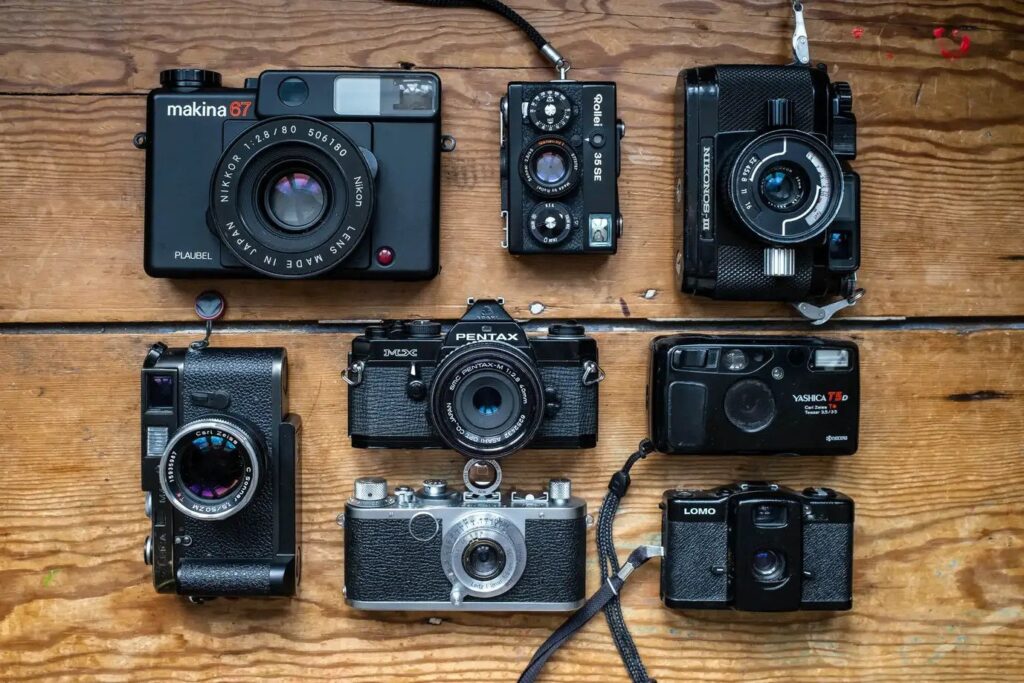
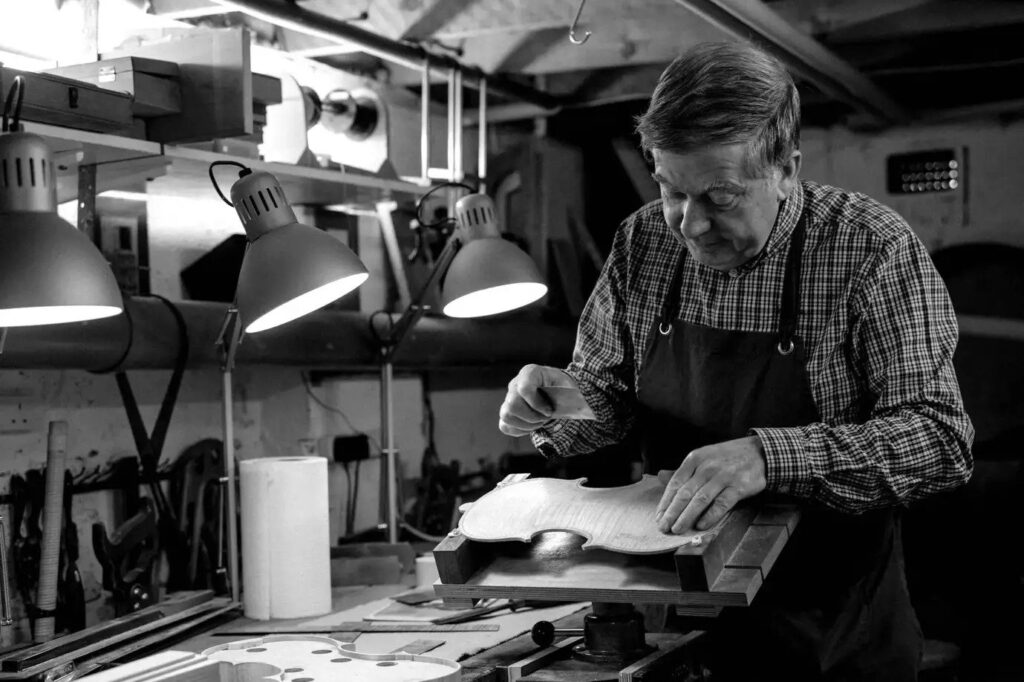
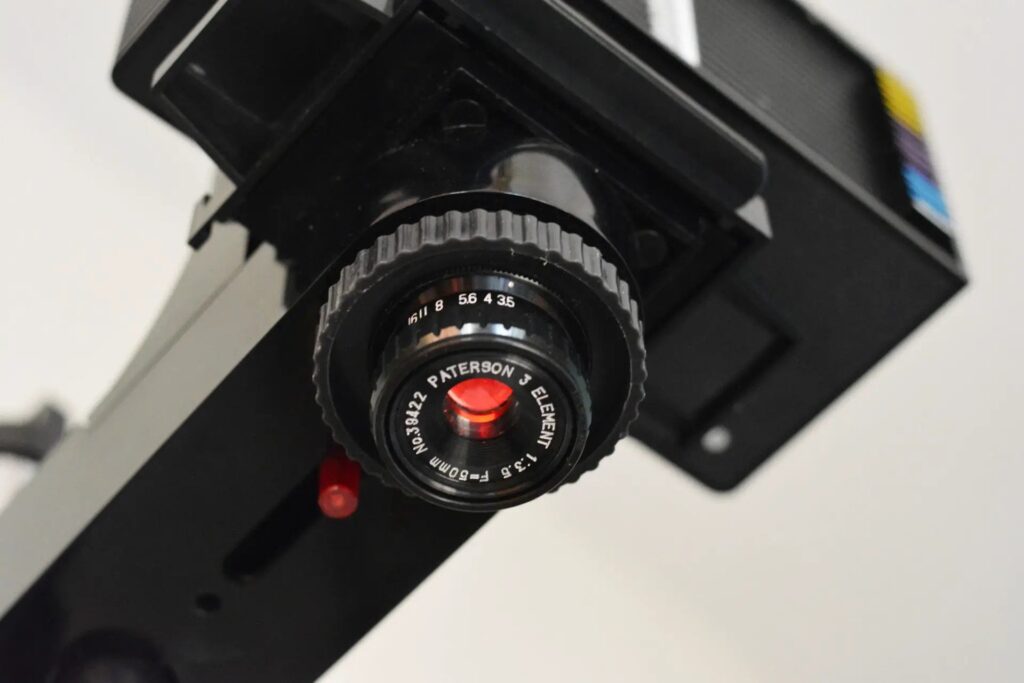
Comments
Russ Rosener on Adox HR-50 and PanF in PMK Pyro
Comment posted: 15/10/2025
Leitz should probably stick to cameras and microscopes.
Comment posted: 15/10/2025
Comment posted: 15/10/2025
Comment posted: 15/10/2025
Jens Kotlenga on Adox HR-50 and PanF in PMK Pyro
Comment posted: 15/10/2025
I tried HR-50 when it first appeared on the market. The results I got were very much what I expected: very sharp, fine grain and good but not exceptional tonalty over the entire gradation curve.
I find myself at odds with some of your conclusions. For me this boils down to two aspects. On the one hand I conclude that PMK is obviously not the developer that makes HR-50 shine. ADOX's recommendations are pretty clear on this matter. And on the other hand: Do you expect to be able to "print" your images with little or no fine-tuning in postprocessing? If so, your standards are very high indeed.
My routine is basically stickig to a manufacturer's recommendations and tuning a print in post. For this reason, I guess, our mileage varies when it comes to assessing a film's quality and capability.
Which reminds me: I must get out there and shoot some more of this film - after all, I invested in 30 metres of the stuff, plus ADOX's bespoke developer ...
Comment posted: 15/10/2025
Ibraar Hussain on Adox HR-50 and PanF in PMK Pyro
Comment posted: 15/10/2025
It reminds me of rollei Retro 80s
Has similar characteristics
Superb razor sharp and wonderful tones in the photos
Comment posted: 15/10/2025
Jeffery Luhn on Adox HR-50 and PanF in PMK Pyro
Comment posted: 15/10/2025
Very well done photos. You shot in difficult situations, which is the true test. The photos give me a good idea about the film characteristics. Slow emulsions are not easy to control in high contrast scenes! Your move to drop ISO a bit was a good strategy. I agree that the Adox looks like it has been flashed because the highlights are a bit veiled. It didn't benefit in the shadows like I would have expected. That's the reason I flash film; to overcome the base threshold and give the shadows a bit of a boost. Not significant here. The Pan F looks like it has a broader scale. The shadows looked more open on my monitor. Really nice scale. I'd be very happy with that on slow film. I suspect Pyro is better matched to Pan F than Adox.
Per your recommendation, I've used Pyro PMK and had good results in high contrast scenes. I haven't tried it on Pan F, but with FP4 in harsh conditions it has held highlight detail much better than other developers. It really works well on 4x5 HP5 and Rollei IR film.
Question: Do you use a non-hardening fix to preserve the staining? That's been the key for me. It does allow for easy scratching, so great care is needed. No squeegy.
Thanks for a good posting!
Jeffery
Comment posted: 15/10/2025
Comment posted: 15/10/2025
John H Osterholm on Adox HR-50 and PanF in PMK Pyro
Comment posted: 15/10/2025
Comment posted: 15/10/2025
Simon Foale on Adox HR-50 and PanF in PMK Pyro
Comment posted: 16/10/2025
Comment posted: 16/10/2025